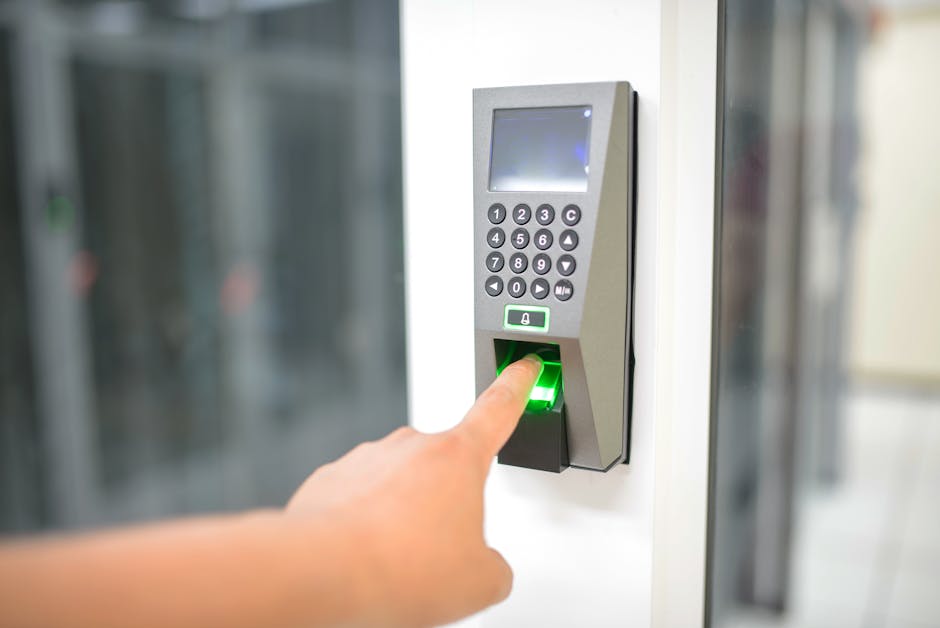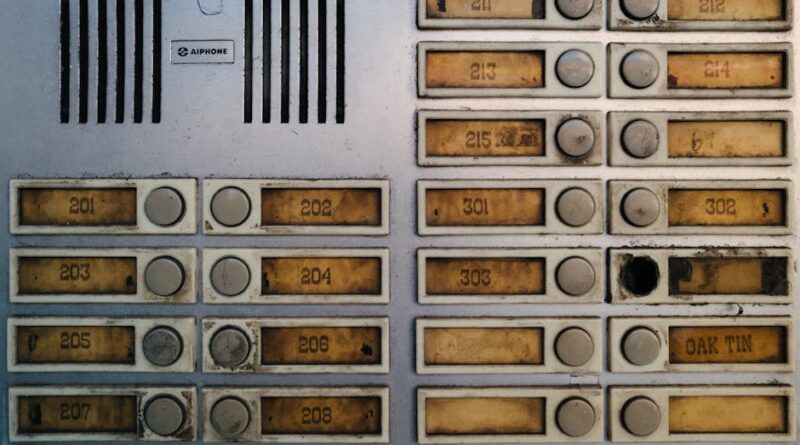Creating a Secure Access Control Framework
Every day, we hear stories about data breaches and cyber-attacks. These incidents often start with weak access controls. Imagine leaving your front door unlocked while traveling. it’s an open invitation for trouble, right? The same goes for digital information. To keep your data safe, you need a solid access control framework.
In this article, well explore how to create a secure access control framework. Well cover the basics, practical steps, and common pitfalls. By the end, youll know exactly what to do to protect your system.
What Is Access Control?

Access control is like a security guard for your data. It decides who can enter what areabe it physical or digital. Think of it as setting rules for who can go where in a building.
For example, in a company, not everyone needs access to sensitive financial data. Just like a janitor doesnt need a key to the CEOs office, different roles require different levels of access.
Why Is a Secure Access Control Framework Important?

Data security is crucial. A strong access control framework helps in multiple ways:
- Protection of Sensitive Information: It safeguards personal data and business secrets.
- Compliance with Regulations: Many industries have laws about data access.
- Prevention of Internal Threats: It limits access to those who truly need it.
According to research, around 60% of data breaches are due to poor access control. that’s a staggering statistic! Having a secure framework can significantly reduce this risk.
How Do You Create a Secure Access Control Framework?

Lets break this down into manageable steps. Heres how you can build a secure access control framework.
1. Identify Your Assets
First, you need to know what you’re protecting. List all your digital assets. This includes:
- Data files
- Applications
- Networks
Think of it as taking inventory. Just like you wouldn’t leave your valuables lying around, you should know what needs protection.
2. Classify Your Data
Not all data is created equal. Some information is more sensitive than others. Classify your data into categories:
- Public: Info anyone can see (e.g., company website).
- Internal: Info for employees only (e.g., internal memos).
- Confidential: Sensitive data (e.g., customer records).
- Restricted: Highly sensitive (e.g., trade secrets).
By classifying your data, you can apply appropriate access controls tailored to each category.
3. Define Access Levels
Next, establish clear access levels. Who needs access to what? This is where roles come into play. Here are typical roles:
- Admin: Complete access.
- Manager: Access to teams and reports.
- Employee: Limited access based on job needs.
By defining access levels, you make sure everyone has just what they need and nothing more.
4. Implement the Principle of Least Privilege
The principle of least privilege means giving users only the access they need to do their jobs. Imagine a restaurant. A chef needs access to the kitchen but not to the financial books. This principle helps minimize risk.
5. Use Strong Authentication Methods
Authentication is like asking for a password to enter a club. Strong methods include:
- Password Policies: Set rules for creating strong passwords.
- Two-Factor Authentication (2FA): Requires two forms of verification.
- Biometric Verification: Uses fingerprints or facial recognition.
These methods add layers of security, making it harder for intruders to gain access.
6. Regularly Review Access Controls
Access needs change. An employee may leave the company, or their role may change. Regularly reviewing access controls ensures only the right people have access.
Set a schedule, such as quarterly or bi-annually, to audit access levels. This is similar to cleaning out your closetget rid of what you don’t need.
7. Monitor and Log Access Activities
Finally, keep an eye on who accesses what. Monitoring access helps you spot unusual activity.
- Set up logging: Record who accessed which data and when.
- Review logs regularly: Look for any suspicious behavior.
Think of it like a security camera. it’s a tool to catch any wrongdoing before it escalates.
What Are Common Mistakes to Avoid?

Creating a secure access control framework is essential, but it’s easy to make mistakes. Here are some common pitfalls:
- Overly Complicated Systems: Keep it simple. Complex access controls can confuse users.
- Neglecting Training: Users need to understand access policies. Provide training sessions.
- Assuming All Threats Are External: don’t overlook internal threats. Employee mistakes can lead to breaches.
In Conclusion: Actionable Takeaways
Creating a secure access control framework is crucial for protecting your data. Heres a quick recap of what to do:
- Identify and classify your data.
- Define access levels based on roles.
- Implement strong authentication methods.
- Regularly review and audit access controls.
- Monitor access activities for unusual behavior.
By following these steps, you can create a robust access control framework that keeps your information safe. Remember, security is an ongoing process. Stay vigilant and proactive.
For more information on data protection and access control, check out the CSO Online guide.



